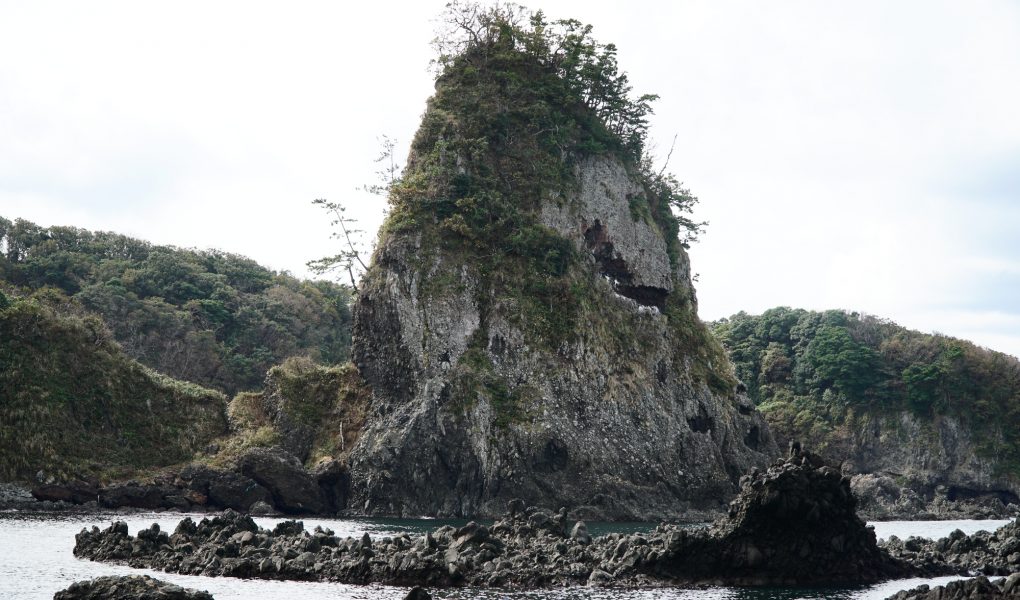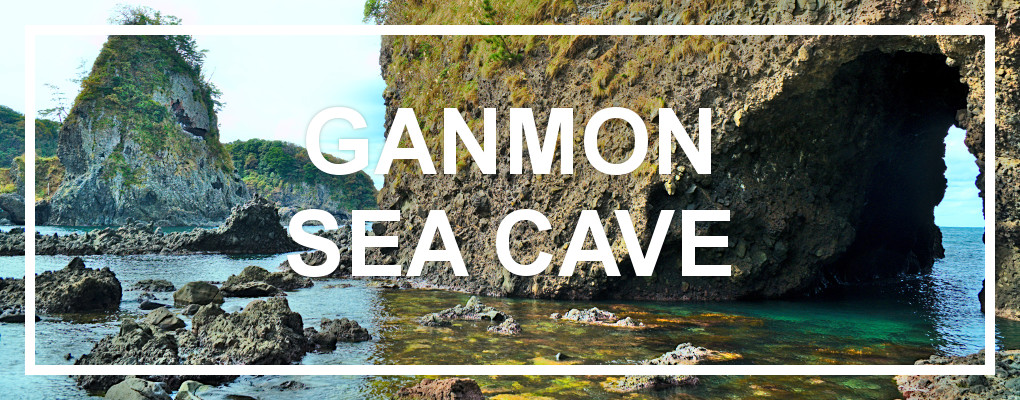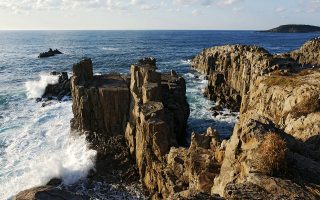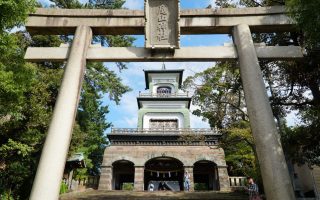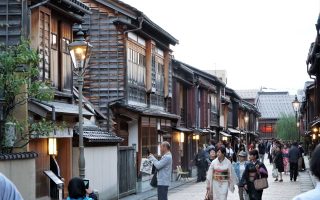Noto Kongo Coast (sometimes referred to as Notokongou) is a rugged stretch of coast on the western side of the Noto Peninsula, in Ishikawa Prefecture.
Exposed directly to the sea of Japan, the western coast of the Noto Peninsula is known as a rough place to live. Observing the nature and weathered coastline one can clearly see how rough the conditions are here. The best place to explore the rough environment of Noto is on the 30km stretch of coast known as “Noto Kongo Coast”.
The name Noto Kongo interestingly comes from the areas resemblance to Mt. Kongou in North Korea. The coastal landscape is dominated by dark, sharp rock formations, steep cliffs, sea caves and capes. The small villages which are squeezed in between the mountains and the sea, are protected by heavy coast protection structures. The locals are also known to build large bamboo fences around their properties, and sometimes even the entire village, to help break the wind.
It appears that there are different ideas of exactly how long the Noto Kongo Coast stretches. Some say 14km, some say 30km. I’ve found that the signs and maps in the area generally seem to indicate it as a 30km stretch, reaching all the way from Ganmon to Yoshitsune no Funakakushi. Noto Kongo is defined by the features of the landscape, and the character of the landscape seems to change after Yoshitsune no Funakakushi. Regardless of the name, the entire coast is really stunning and it’s well worth spending a day exploring it.
Sights
There are some spectacular sights along the Noto Kongo Coast which you can’t miss:
| Ganmon Sea Cave and Gammon “Gate Rock” are two of the main attractions along the Noto Kongo Coast. Ganmon (lit. “Gate Rock”) and Ganmon Sea Cave are located next to each other, in a small park-like area with footpaths. Located in a very dramatic environment of weathered rocks and beautifully clear water this is a must visit location on Noto Kongo Coast. Hit the “Read more” button to get more information about Ganmon Sea Cave. Nearest parking: 37.094706, 136.727814 Entry fee: free |
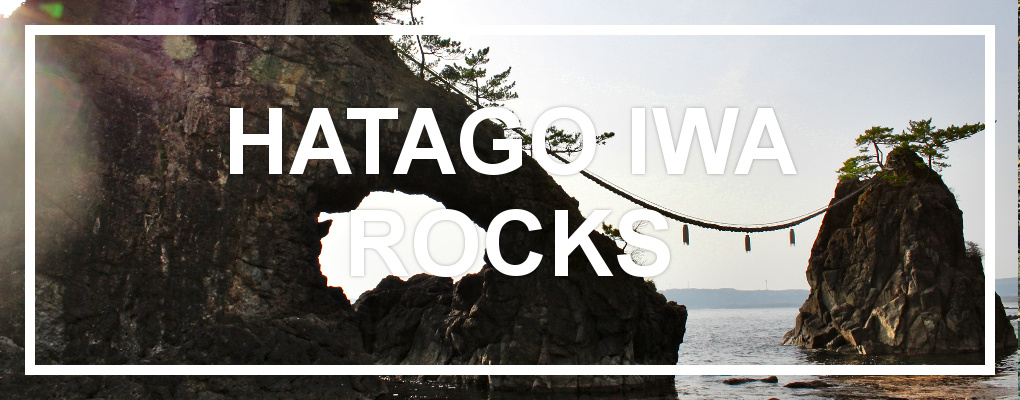
| Hatago Iwa Rocks, also known as Noto Futami, are a pair of sacred rocks located in the sea a few kilometers north of the famous Ganmon rock. The rocks are tied together by a rope and are so-called couple rocks or “married rocks”. This place is especially beautiful around sunset. Hit the “Read more” button to get more information about Hatago Iwa Rocks. Nearest parking: 37.122606, 136.727487 Entry fee: free |
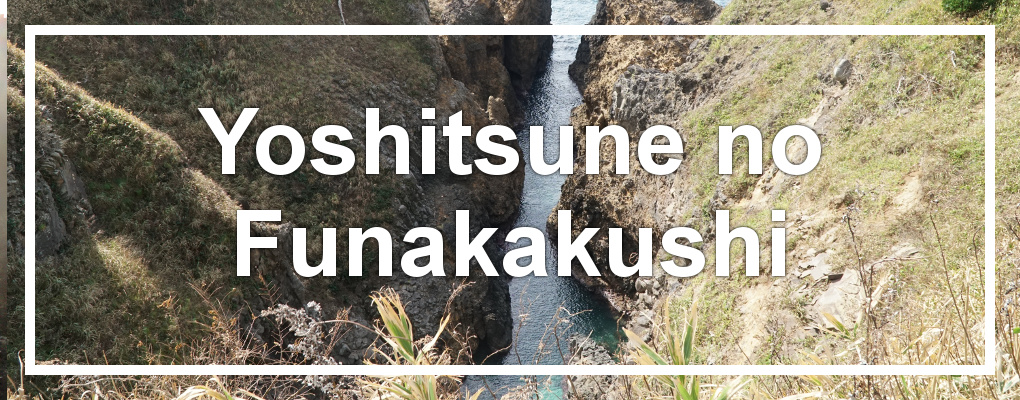
| Yoshitsune no Funakakushi, literally meaning “Yoshitsunes Boat Hiding”, is a long, narrow gorge found on the Noto Kongo Coast. It is said that Yoshitsune, a Samurai in the 1200th century, hid his boats here from a storm when he was fleeing from enemies. Hit the “Read more” button to get more information about Yoshitsune no Funakakushi. Nearest parking: 37.209107, 136.684359. Entry fee: free |
Getting there
There are many smaller attractions along the Noto Kongo Coast which aren’t covered by this post. The best thing you can do to really experience this magnificent stretch of coast is to rent a car and drive along the coast. Take the time required, and stop at all the little towns, lighthouses or view points along the way. You can easily spend a day doing this.
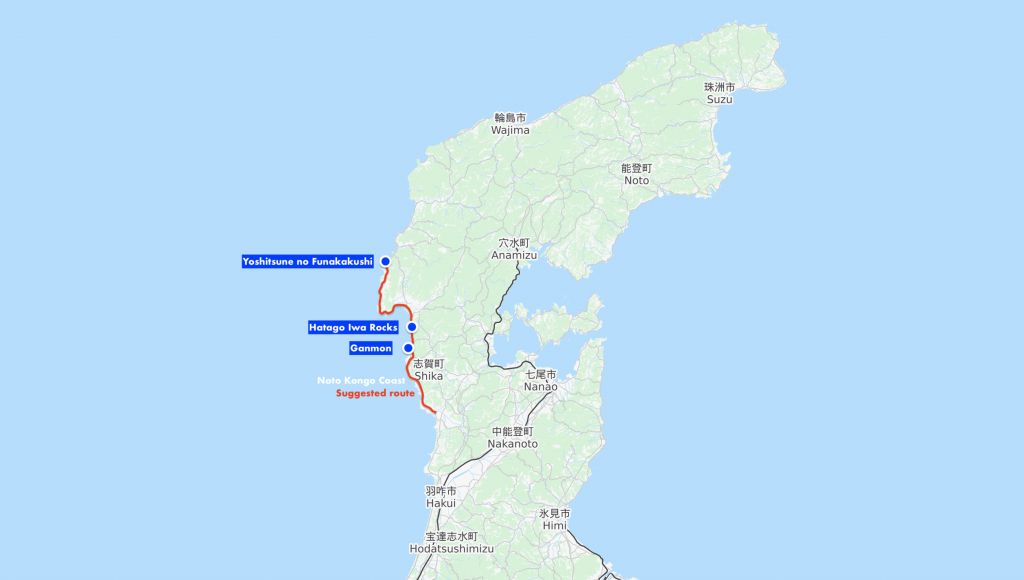
Planning a trip to the Noto region? Then check out all the other articles about the Noto Peninsula.

